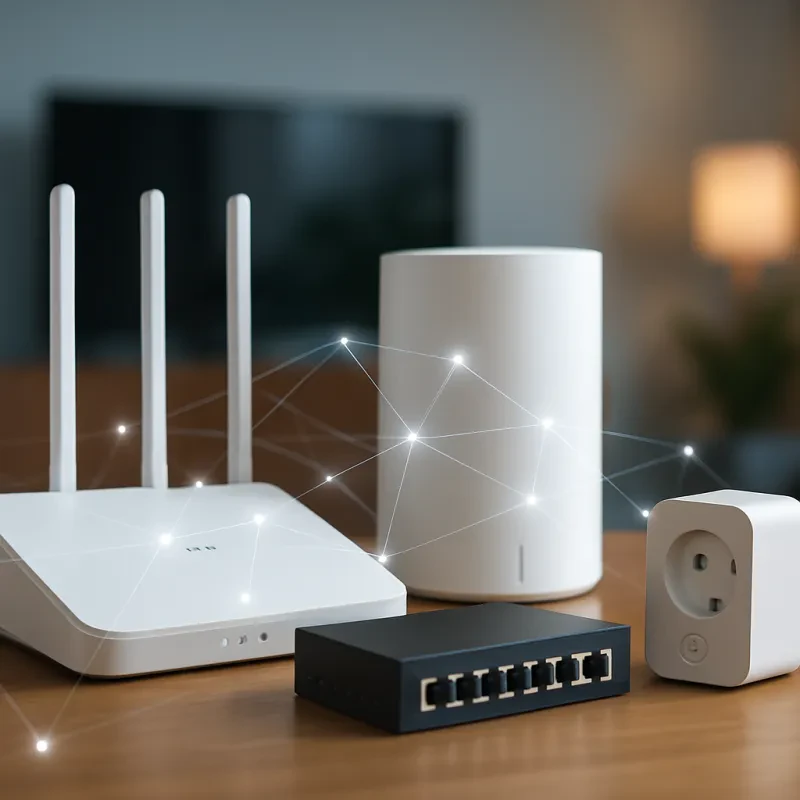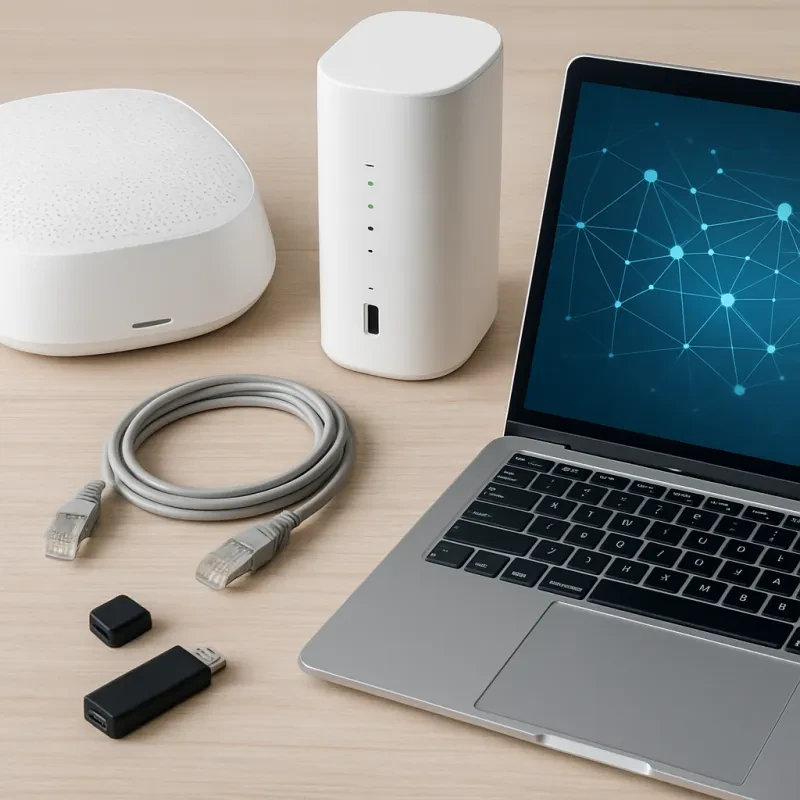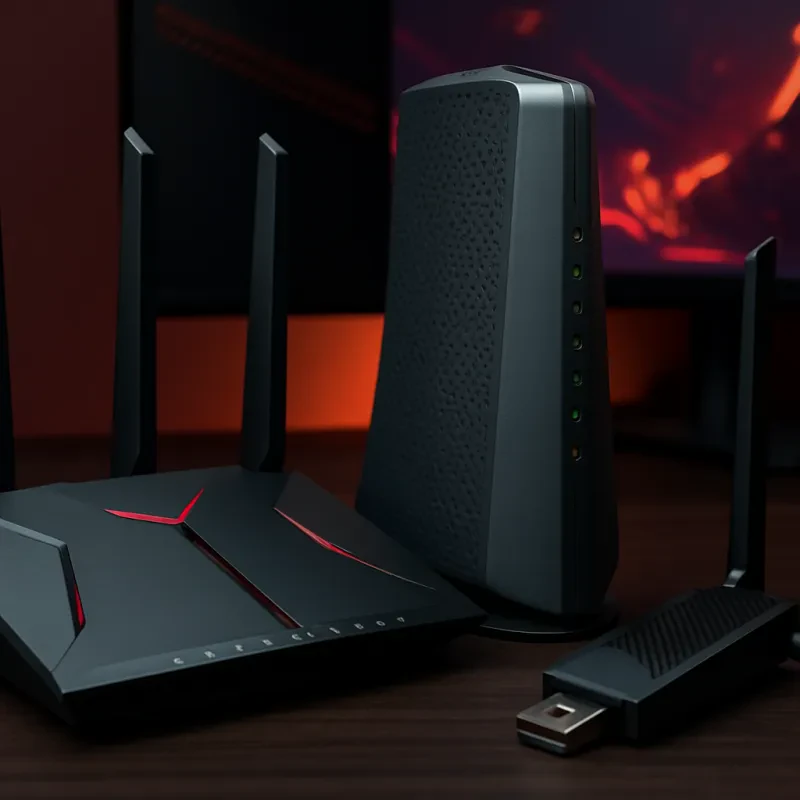When choosing the best Ethernet switch for your network, one important factor to consider is the size of your network. The number of devices that will be connected to the switch will determine the level of performance and scalability you need. If you have a small network with only a few devices, a basic unmanaged switch may be sufficient. However, if you have a larger network with multiple devices and need more control over traffic flow, a managed switch would be a better option.
For medium-sized networks, a smart switch may be the best choice. Smart switches offer more advanced features than unmanaged switches, such as the ability to prioritize certain types of traffic or set up VLANs. They are also more affordable than fully managed switches, making them a good compromise for networks that need some level of control but don't require all the features of a fully managed switch.
If you have a large enterprise network with hundreds or even thousands of devices, a fully managed switch is the way to go. Fully managed switches offer the most control and flexibility, with features such as MAC address filtering, QoS settings, and SNMP monitoring. While they may be more expensive than other types of switches, they are essential for ensuring reliable performance and security in a large network.
Evaluate Speed and Bandwidth Needs
When selecting an Ethernet switch for your network, it is crucial to evaluate the speed and bandwidth needs of your organization. These two factors will determine the performance and efficiency of your network, so it is important to choose a switch that can handle your requirements.
First and foremost, consider the speed requirements of your network. Ethernet switches come in various speed options, such as Fast Ethernet (10/100 Mbps), Gigabit Ethernet (1 Gbps), and 10-Gigabit Ethernet (10 Gbps). If your network involves transferring large files or streaming high-definition video, a higher speed switch like Gigabit or 10-Gigabit Ethernet would be more suitable to ensure fast and efficient data transfer.
Next, assess the bandwidth needs of your network. Bandwidth refers to the amount of data that can be transmitted over a network in a given period of time. The more devices and data-intensive applications on your network, the higher the bandwidth requirements. Ensure that the Ethernet switch you choose has enough bandwidth to support the simultaneous transmission of data to all devices on your network without causing bottlenecks or slowdowns.
Ultimately, choosing the right Ethernet switch for your network comes down to understanding your organization's speed and bandwidth needs. By carefully evaluating these requirements, you can select a switch that will provide the necessary performance and reliability for your network infrastructure.
Compare Managed vs. Unmanaged Switches
When setting up a network, one of the key components to consider is whether to use a managed or unmanaged switch. Managed switches offer more control and flexibility over your network, whereas unmanaged switches are simpler and easier to set up.
Managed switches allow for features such as VLANs, Quality of Service (QoS), and SNMP monitoring. This means you can prioritize certain types of traffic, create separate networks within your main network, and keep an eye on network performance. If you have a larger network with specific requirements, a managed switch may be the best option for you.
On the other hand, unmanaged switches are plug-and-play devices that require minimal configuration. They are suitable for smaller networks that do not require advanced features or monitoring. If you are looking for a straightforward and cost-effective solution, an unmanaged switch may be the way to go.
Factor in Budget and Scalability Requirements
Budget plays a significant role in the decision-making process. It's important to strike a balance between cost and performance to ensure you're getting the best value for your investment. Look for switches that offer a good mix of features at a price point that fits within your budget constraints. Keep in mind that additional costs, such as licensing fees, maintenance contracts, and upgrades, may also need to be factored in when evaluating the total cost of ownership.
Scalability is another key consideration when choosing an Ethernet switch. As your network grows, you'll need a switch that can accommodate additional devices, users, and applications. Look for switches that offer flexible port configurations, modular design, and support for advanced features like VLANs, QoS, and link aggregation. This will allow you to easily scale your network as needed without having to replace the switch entirely. By carefully considering your budget and scalability requirements, you can select the best Ethernet switch for your network that will provide reliable performance and future-proof your infrastructure.


